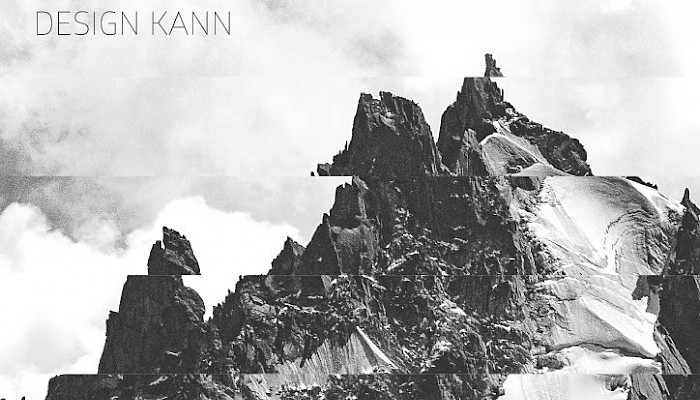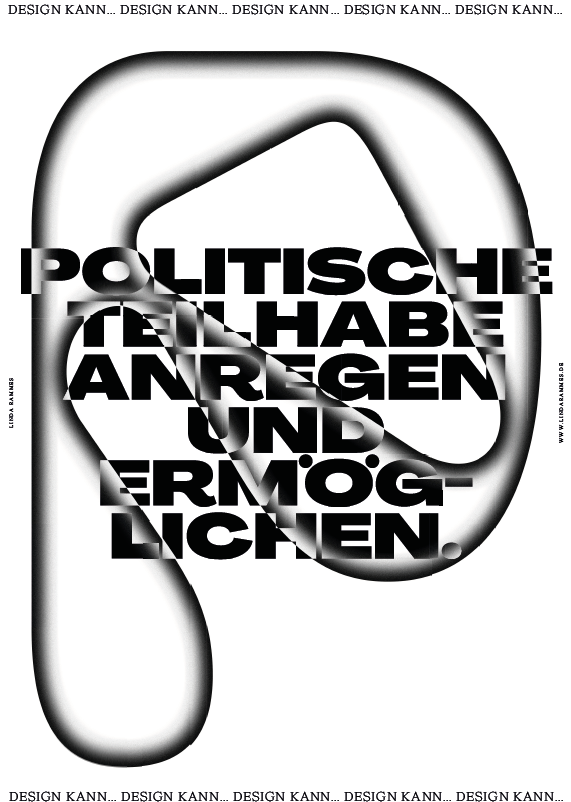
What can design do? With this question, we called on designers from all sectors to submit their answers as a designed poster in spring 2021. Under the title " That's what design can do" , we exhibited the statements of around 40 designers. Linda Rammes was one of them. She is a communication designer, design researcher and founder of the online magazine FURORE, which makes climate protests visible. We asked Linda what design can do and how she positions herself on the climate crisis through design.
Isabel Neuendorf: Why is it an exciting time to be a designer now?
Linda Rammes: We are facing major social transformation processes. We are faced with the challenge of creating awareness and solutions for the ecological crisis and making sustainable lifestyles attractive. Design plays an important role because it can generate attention for issues and create impulses for specific behaviour and lifestyles.
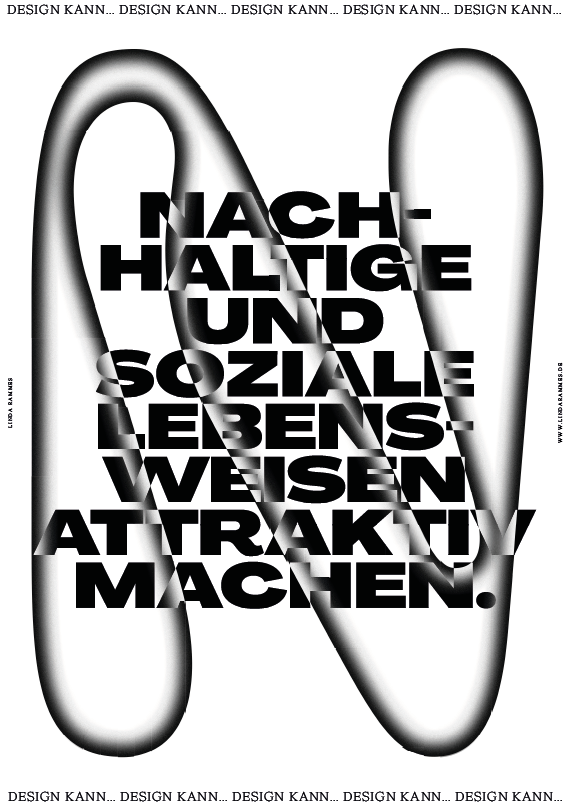
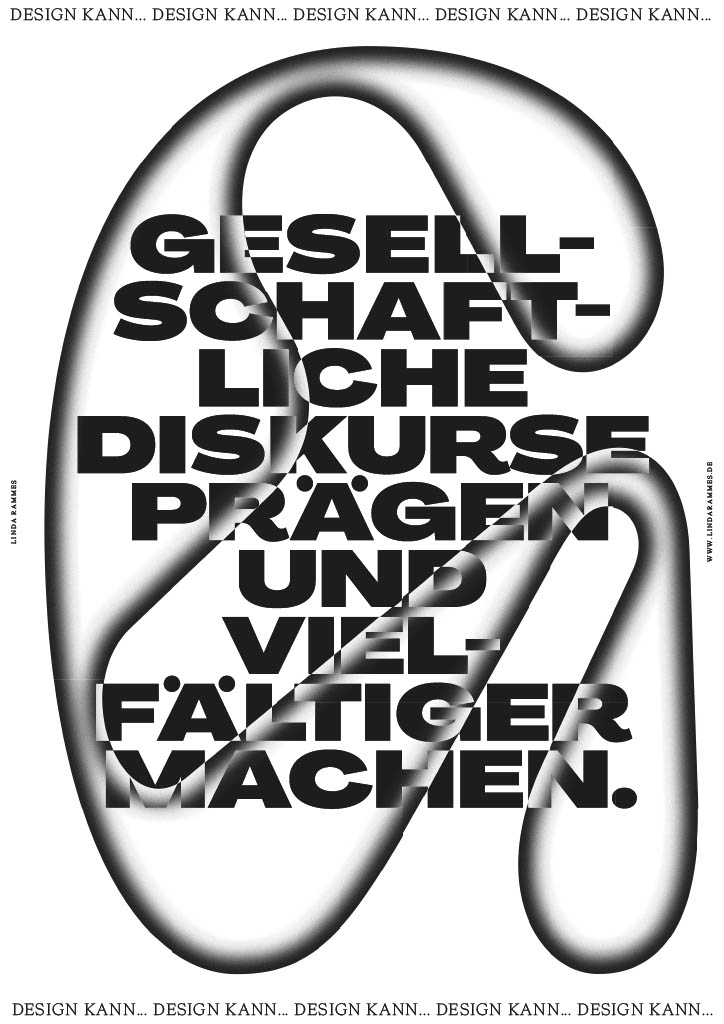
How do you think the design industry is responding to the ecological crisis?
Unfortunately, a large number of designers still contribute to ecological destruction and social injustice with their work by encouraging selfish, decadent and irresponsible behaviour. I am not accusing the design industry of any fundamental destructive intent. Rather, many designers are dependent on clients whose business models are based on an expansive and destructive economy. In order to fight the climate crisis, we need to develop sustainable alternatives to this economy. At the same time, the question remains how designers can free themselves from this dependency. Climate-damaging business models are currently still profitable and pay many designers adequately. This results in the impression that design primarily strengthens climate-damaging products. Of course, there are designers who prove the opposite and work for sustainability and social justice - but there are fewer well-paid jobs in this field. Many can only do responsible design if they initiate projects themselves and often do without payment.
What changes are needed to get more designers involved in the climate crisis?
I think that the design industry needs more incentives that enable sustainable and social design. For example, through more financial support programmes and design prizes that are awarded primarily with regard to ecological and social criteria. At the same time, I see it as the duty of design associations to open up competitions to non-profit projects at low cost and to stop awarding prizes to works that promote products that are harmful to the climate.
You have already mentioned the climate crisis. What is the relationship between design and politics?
Design has political influence because it strengthens certain actors and contributes to the distribution of power.
Design does not happen in a vacuum: it never stands alone with its aesthetics and functionality.
It always tells us something about life and society. Design can inspire ways of living that can be shaped by different political ideas. For example, it can make egalitarian, elitist, libertarian, authoritarian, collectivist, individualist, progressive or conservative thinking and acting attractive. It is always political because it promotes ideas that benefit certain actors. Design always takes sides and thus shapes power relations.
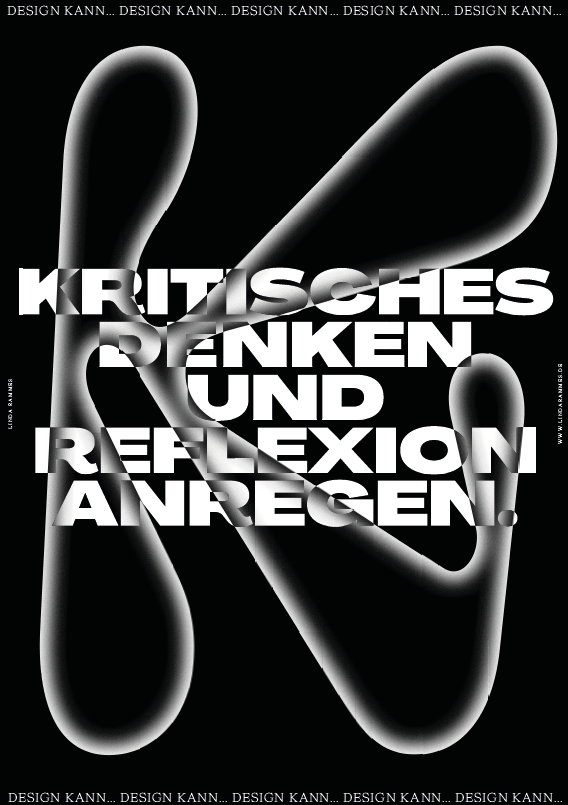
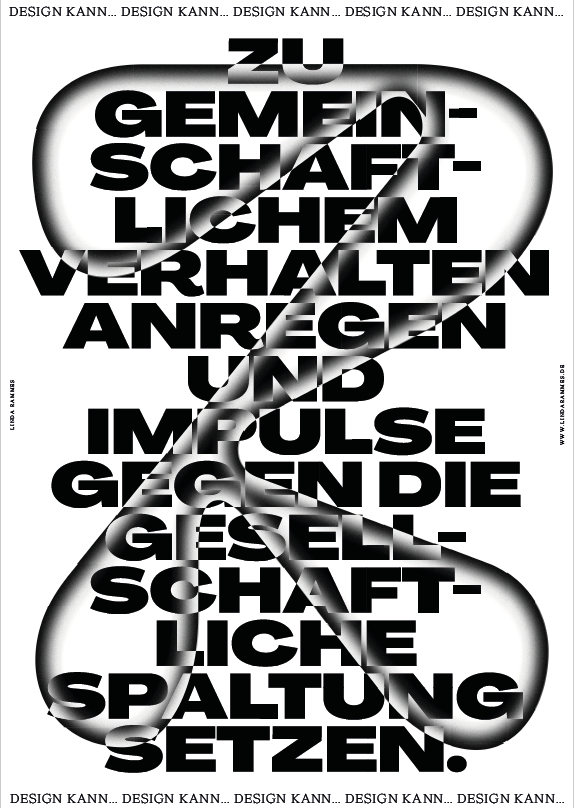
What does that mean for your work?
As a designer, I am aware of two points in particular. Firstly, I ask myself: What ideas and social narratives are associated with my work? No matter how aesthetically successful my design may be, it can still reference a narrative that I do not want to represent politically. I also ask myself whether my design can have a discriminatory effect, for example by conveying a patriarchal, sexist or racist narrative. The second point concerns the question: Who benefits from my work?
What exactly do you mean by that?
I reflect on the current political power relations, look at which voices are over- or under-represented and how my work could influence the power structure. For a functioning democracy, an equal struggle between diverse voices is fundamental, so I would not strengthen voices that want to displace others. I make myself aware of which actors also represent my interests or with whom I would like to ally myself.
You have already mentioned the climate crisis. Why is this issue so important to you and how do you position yourself as a designer?
I take sides with climate activists through the online magazineFURORE, which I founded in early 2021. I am concerned about how the climate crisis will change my life in 20 years. Public discourse is dominated with downplaying of scientific facts and still too little is reported about the threat of the climate crisis. Many have not recognised the problem. I would like to intervene in these asymmetrical conditions with FURORE. I would like to use my work to shape the social discourse with critical voices and to create awareness for the climate crisis.
Credit Posters: Linda Rammes
Read more
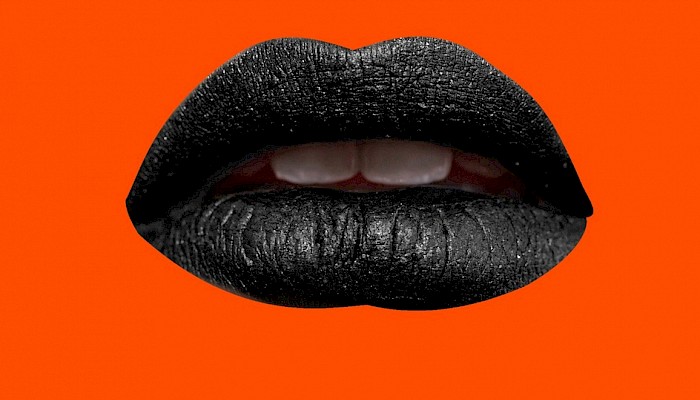
More equality in design
Ladies, Wine & Design explain how we can achieve better working conditions for women and non-binary people.
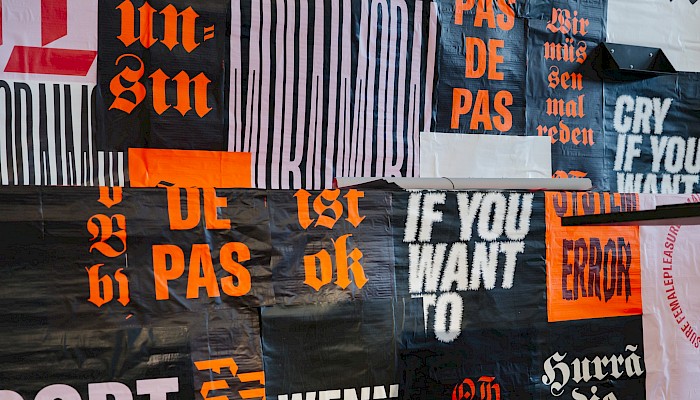
Political and with attitude: design education in Hamburg
With 20 out of 20, we celebrated Hamburg's young designers.
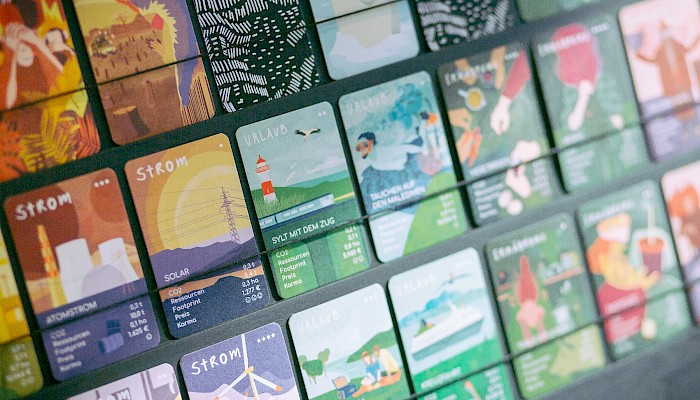
Playfully saving the world with design
How Carmen Gloger makes this possible with the Climate Quartet.
